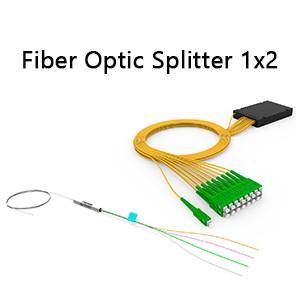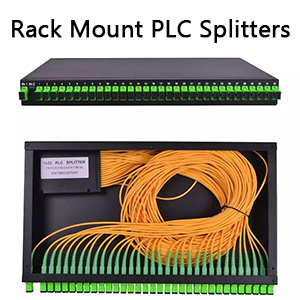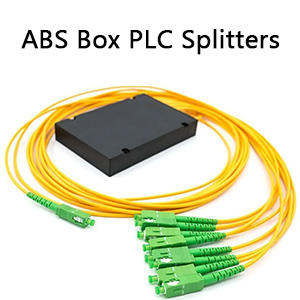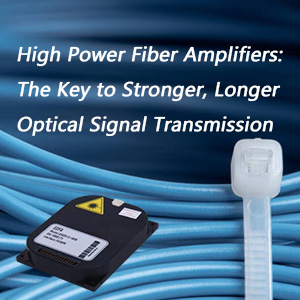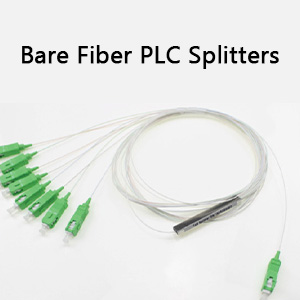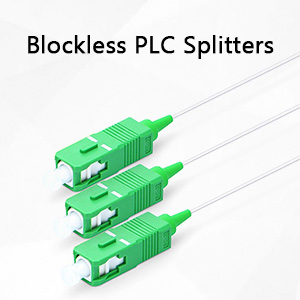How Do You Understand PLC Splitter?It is to evenly divide one or two beams of light into multiple beams of light, or to combine multiple beams of light into one or two beams of light. It is also suitable for light source networks and FTTx networks to connect the central office and terminal equipment to realize the splitting of optical signals. So friends who are interested in this, let’s take a look below.
What Is PLC Splitter?
PLC splitter, also called Planar Waveguide Circuit splitter, is a device used to divide one or two light beams into multiple light beams uniformly or combine multiple light beams to one or two light beams. It is a passive optical device with many input and output terminals, especially applicable to PON (EPON, GPON, BPON, FTTX, etc.) to connect the MDF (main distribution frame) and the terminal equipment and to branch the optical signal.
PLC splitter provides a low-cost light distribution solution with high stability and reliability. PLC splitters can offer a splitting ratio of up to 1×64, which is generally higher than the splits of FBT splitter that another common type of optical splitter.

PLC Splitter Manufacturing Technology
PLC splitter is based on Semiconductor technology. As its name shows, PLC splitters are manufactured by planar waveguide circuit technology. PLC splitter design consists of one optical PLC chip and several optical arrays depending on the output ratio. The optical arrays are coupled on both ends of the PLC splitter chip.
PLC Splitter Design:

PLC chip is one key component of a fiber PLC splitter. It is available in 1xN (N=2, 4, 8, 16, 32, 64) and 2xN (N=2, 4, 8, 16, 32, 64) splitting ratios. The figure below shows the typical design of a 1×8 PLC splitter chip.
Design of A 1×8 PLC Splitter Chip:

Classifications of PLC Splitters
PLC Fiber Optic Splitter can be categorized by the PLC splitter chip they use, meaning there are 1xN and 2xN PLC splitters, such as 1×4 splitter, 1×8 splitter, 1×16 splitter, 2×32 splitter, 2×64 PLC splitters, etc. Users can choose different input and output numbers depending on subscriber conditions or cable length. In addition, PLC splitters also can be classified based on different packages to meet clients’ needs in various scenarios, including small size PLC splitter that needs to be used in terminal boxes and big size rack mounted PLC splitter that can be installed in racks. There are five types of PLC splitters in the market: Bare Fiber Optical Splitter, Blockless Fiber Splitter, ABS Splitter, LGX Splitter, and Rack-Mount Splitter.

How Does PLC Splitter Work in PON Network?
In passive optical networks (PON), a PLC splitter is widely installed between the PON Optical Line Terminal (OLT) and the Optical Network Terminals/Units (ONTs/ONUs) that the OLT serves. The single fiber link coming from the Central Office (CO) OLT is connected with the input of a splitter and is split into a given number of fibers leaving the splitter. The number of outputs in the PLC module determines the number of splits.
PLC splitters can be used in centralized PON architecture or distributed architecture. In a centralized PON architecture, a 1×32 PLC splitter is often used in the Central Office. In a distributed PON architecture, a 1×4 PLC splitter is firstly directly connected to an OLT port in the Central Office, then each of the four fibers is routed to an outside plant terminal/enclosure box that houses a 1×8/1×4 PLC splitter.
Applications of PLC Splitters
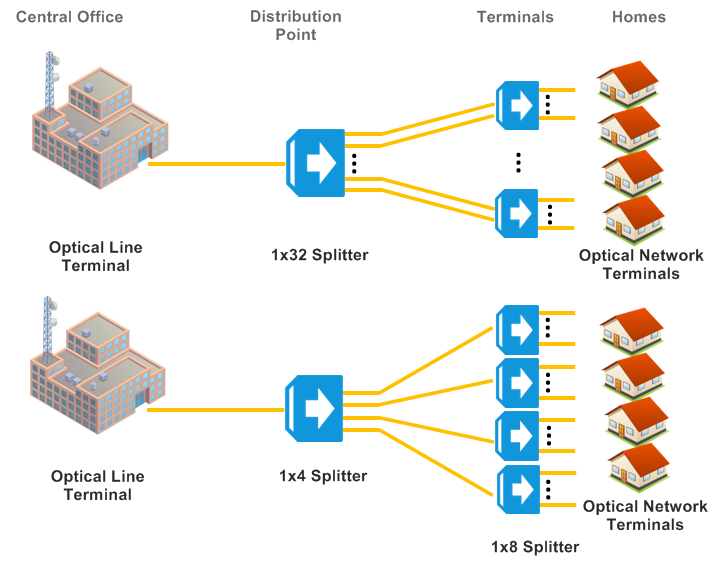
Conclusion
If you or someone you know wants to buy Fiber Optic PLC Splitter, then FiberLife can help you with that. As a global supplier of fiber optic solutions and networks, we have become renowned for our high-quality products. Our wide range of products includes DWDM modules, optical amplifiers, MPO Trunk cables, Fiber Breakout cables, and a lot more. Call us today and learn more about our fiber optic couplers in detail.

